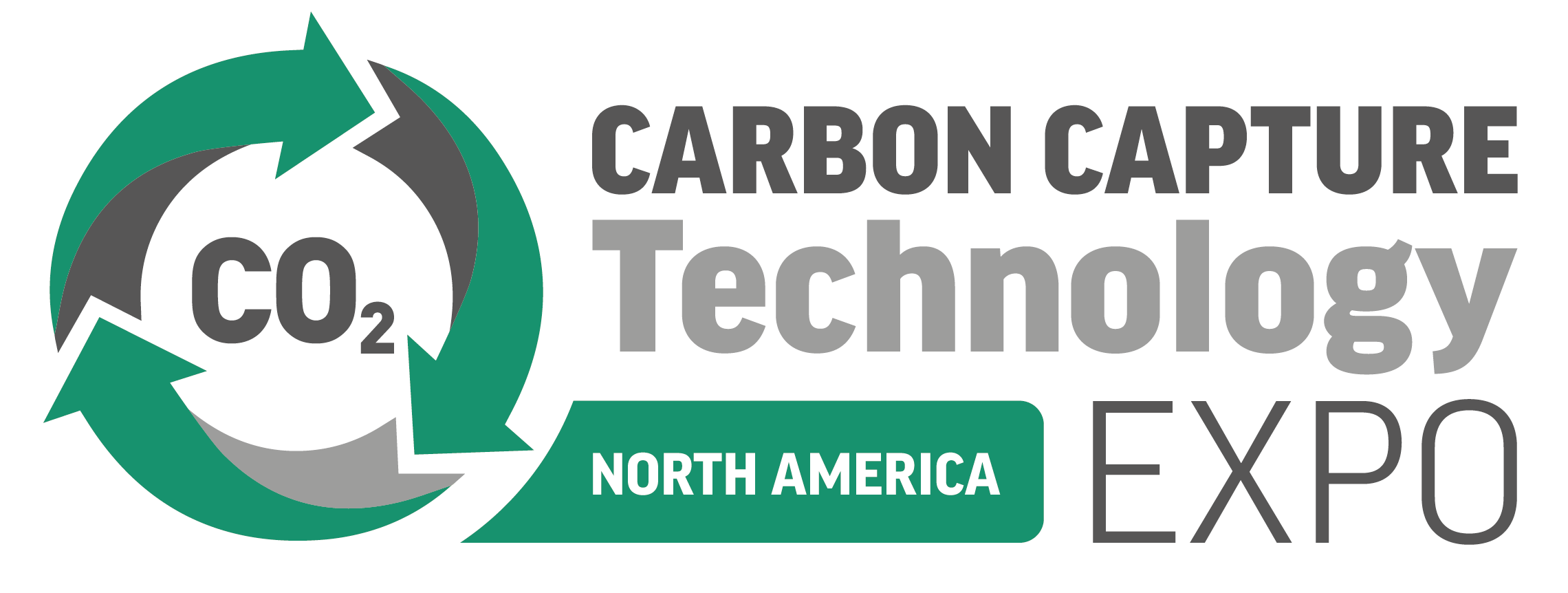DOE has invested $23m into Co2-EOR
)
A decision was recently made, which consisted of two projects being selected to evaluate the potential of oil and gas production. These projects will also look into geological storage of carbon dioxide from unconventional reservoirs.
These two events, the investment from DOE and the selection of these projects are connected through Co2-EOR. This is a technique which is frequently used to recover oil and this technique is most commonly used with mature conventional oil fields which have already stopped being productive. The technique utilises traditional oil recovery methods and this allows for an estimated two-thirds of the original oil to be left in place. It has already been proven that within conventional oil fields, the Co2-EOR process is both effective at increasing ultimate oil recovery and also allowing the depleted reservoir to adapt and provide a geological formation which is suitable for permanent carbon dioxide storage. This adapted area will be able to permanently store Co2 emissions both during and after the oil recovery process. Once this process has occurred, the location can then go onto be used for continued injection, as well as storage of captured Co2. The geological formation is also able to store the carbon dioxide permanently underground, effectively preventing it from entering the atmosphere.
The projects which have been involved in this will both work towards evaluating the potential for permanent storage for carbon dioxide within the depleted unconventional shale oil and gas reservoirs. This will involve repurposing existing infrastructure in support of the Biden-Harris Administration’s historic decarbonising goals.
In order to complete these tasks, the projects which have been selected will start by examining the effectiveness of the Co2-EOR when it is used on the geological storage process. They will look particularly closely at how effective this method is when it is used on low-permeability, light-oil unconventional reservoirs, as these are the areas which have dominated new production within recent years. The projects will also work to understand the potential to safely store carbon dioxide inside these complex systems. At the same time as this research, the projects will also be collecting data focused on whether Co2-EOR and carbon storage would be able to be co-optimised. If so, this would be done with the goal of reducing the carbon footprint of the incremental oil produced.
The two projects which have been selected are, GTI Energy and the University of North Dakota Energy and Environmental Research Center. The first project is focused on developing an integrated field laboratory study for incremental oil recovery, whilst also dedicating their time to testing the feasibility of Co2 storage in other depleted gas fields, specifically in Texas’s Midland Basin.
The latter project is conducting laboratory, modelling and field studies, which will be used for injecting carbon dioxide into an unconventional reservoir, which is located in the Williston Basin’s Bakken Fomation, which is used for incremental oil recovery, with Co2 storage occurring simultaneously.
Assistant Secretary of Fossil Energy and Carbon Management, Brad Crabtree, commented, “Today we’re investing in a key opportunity to use carbon dioxide to recover a greater portion of our country’s energy resources without drilling new wells. At the same time, these projects will study the ability to transition unconventional oil reservoirs into carbon storage reservoirs—reducing the carbon intensity of oil production while supporting our nationwide efforts to capture and permanently store carbon dioxide to slow the harmful effects of climate change.”



)
)
)
)
)
)
)



)
)
)
)
)
)
)
)
)
)
)
)
)
)

)

)
)
)

)
)
)
)
)
)
)
)
)
)
)

)

)
)
)
)
)
)
)
)
)


)
)
)

)
)
)

)
)
)
)
)

